To fully understand the differences between the coils, it’s important to grasp the significance of certain parameters and terms:
Ø ID: Refers to the internal diameter of the coil in millimeters. Larger diameters typically require more energy to perform optimally but also have greater autonomy between one dry burn and the next.
Ω Ohm S.C./D.C.: The ohm value of the resistance, single coil (S.C.) and dual coil (D.C.). Typically, the ohm values of complex resistances are lower compared to simple coils and require a few more watts. This parameter should not be misunderstood: higher power results in greater vapor production and not necessarily in increased overheating of the system!
W Watt Range: The ideal power range for the coil. It’s important to stay as much as possible within the indicated ranges: you might need to apply a few more watts than usual, but this energy is applied over a larger surface area compared to a single wire, therefore it doesn’t result in more heat but in more vapor!
Dry Burn: The interval between one cleaning of the coil and the next. It can vary greatly depending on the type of liquid; it’s important to clean the coil as frequently as possible to ensure maximum longevity.
Duration: The indicative total lifespan of the coil. Linked to the dry burn interval and variable depending on the type of liquid used.
Reactivity: The speed at which the coil heats up or its ability to perform even at reduced power levels. It is usually greater in coils with smaller internal diameters or with lower ohm values.
Vapor Production: The production of vapor and aromatic intensity; it can be compared to the volume of an audio system.
Roundness: Indicates a performance that favors the blending and smoothness of aromatic notes, offering a more unified and creamy tasting experience.
Sharpness: Indicates a performance that emphasizes the separation and precision of aromatic notes, offering a more distinct gustatory experience and a drier output.

